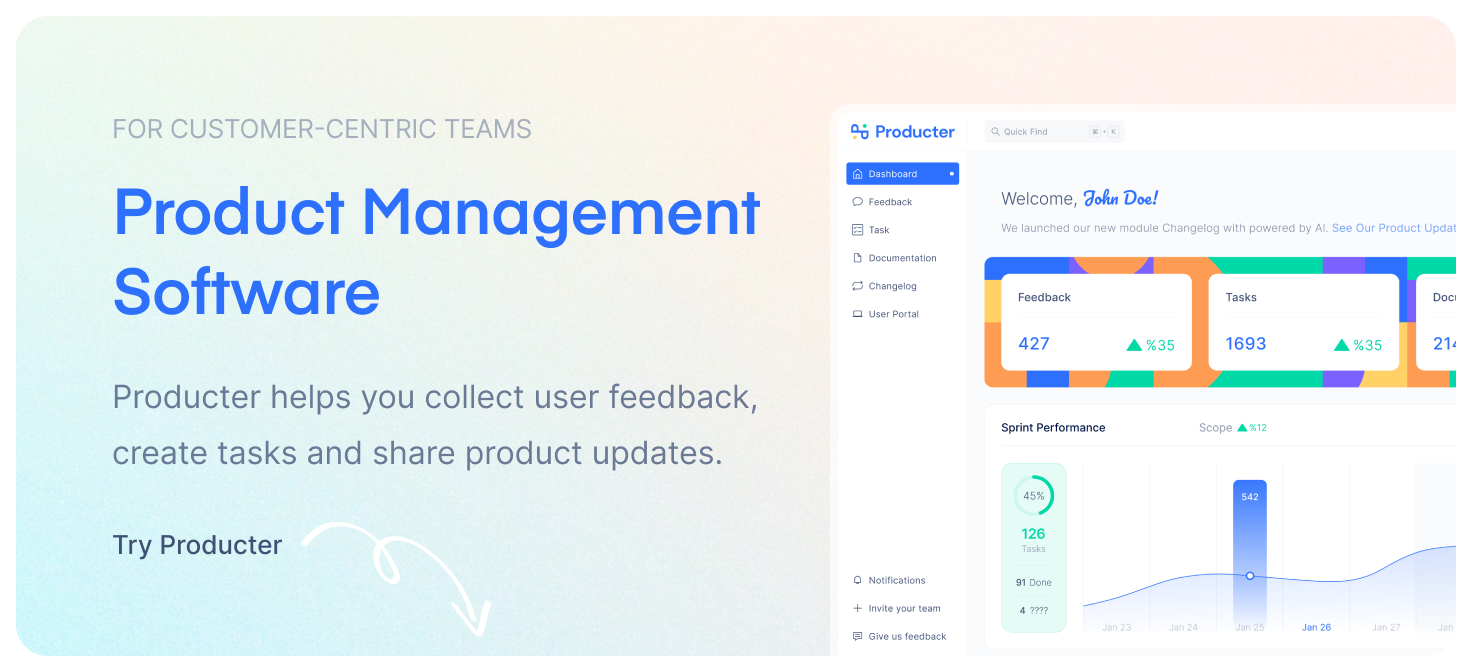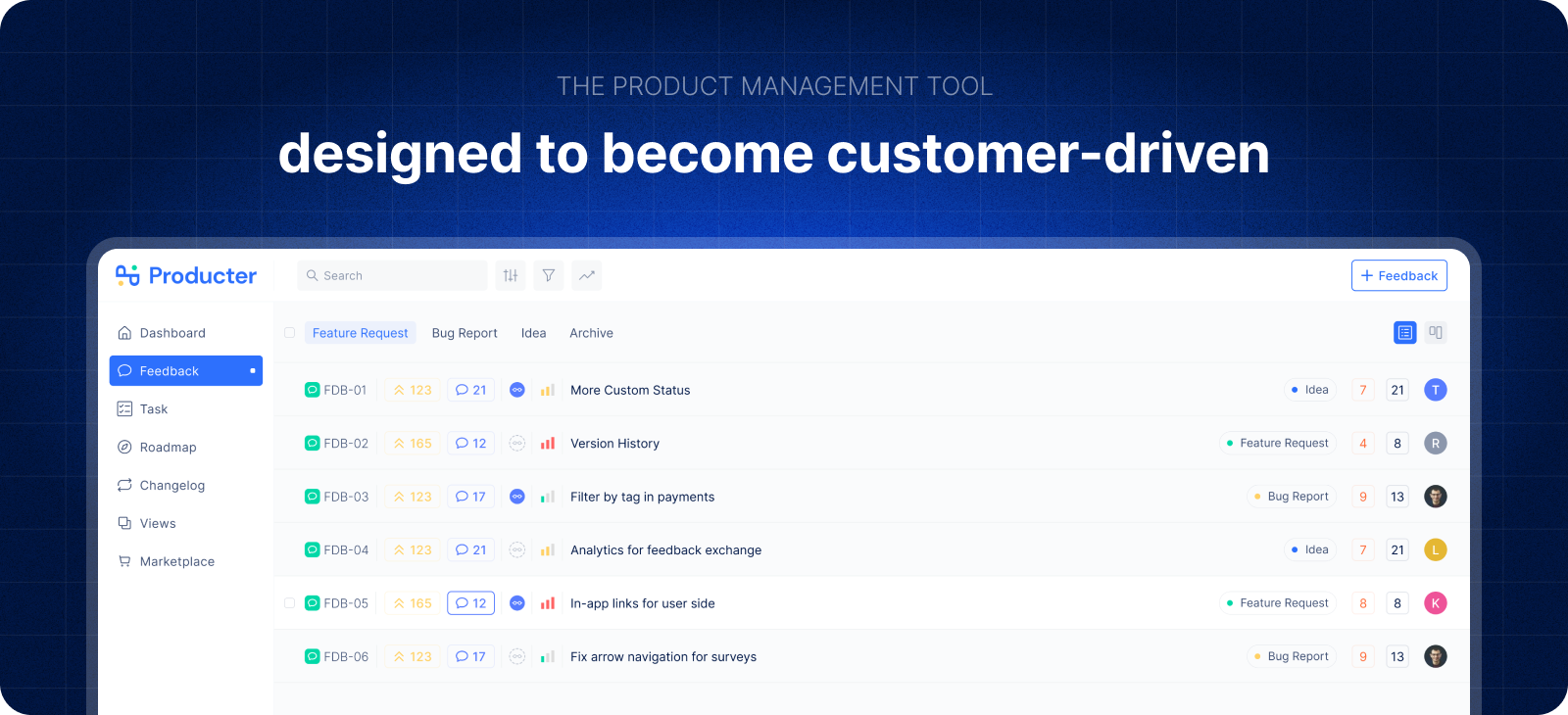Retrospectives are meetings that are typically held at the end of a project or sprint, in order to reflect on what went well and what could be improved. The goal of a retrospective meeting is to learn from past experiences and improve future performance.
Why is a retrospective important?
Retrospectives are important because they provide an opportunity for the entire team to reflect on their work, identify areas of improvement, and brainstorm solutions.
Additionally, retrospectives can help build team morale and foster a culture of continuous learning.
When done well, retrospectives can be a powerful tool for driving positive change within an organization.

How to structure a retrospective meeting?
There are many different ways to structure a retrospective, but one common approach so many teams follow is to use the following four questions:
1. What went well?
This question is meant to identify successes and positive experiences that can be repeated or built upon in the future.
2. What didn't go well?
This question is meant to identify problems and negative experiences that should be avoided in the future.
3. What could we do differently next time?
This question is meant to generate ideas for improving future performance.
4. What actions should be taken?
This question is meant to identify specific steps that should be taken in order to implement the improvements suggested by the previous three questions.
These four questions can help teams to identify areas of improvement and develop action plans for addressing them.
Additionally, a successful retrospective can also be used as an opportunity to celebrate successes and learn from best practices.

How to conduct a retrospective meeting?
When conducting a retrospective, it is important to create a safe and open environment where everyone feels comfortable sharing their thoughts and experiences.
The following tips can help create such an environment:
1. Encourage openness and honesty:
Make it clear that everyone’s input is valued and that no one will be judged for their comments.
2. Avoid blame:
Retrospectives are not about assigning blame, but rather about identifying areas of improvement.
It is important to keep this in mind when conducting the meeting.
3. Focus on the future:
Retrospectives should be forward-looking, so focus on what can be done differently in the future rather than dwelling on past mistakes.
4. Be positive:
Try to maintain a positive attitude throughout the meeting and avoid getting bogged down in negative experiences.
Instead, focus on finding solutions and ways to improve for the future.
5. Be specific:
When discussing areas of improvement, be as specific as possible so that everyone understands what needs to be done differently.
By following these tips, you can help create an environment that is conducive to productive and constructive discussion.
Additionally, it is important to ensure that everyone has a chance to share their thoughts and experiences.
What can you gain from a retrospective meeting?
There are many benefits to conducting retrospective meetings, including:
1. Improved performance:
Retrospectives can help teams to identify areas of improvement and develop action plans for addressing them.
This can lead to improved performance in the future.
2. Increased learnings:
Retrospectives provide an opportunity to learn from past experiences and apply those learnings to future projects.
3. Enhanced communication:
Retrospectives can help to improve communication within teams by encouraging everyone to share their thoughts and experiences.
4. Stronger relationships:
By creating a safe and open environment, retrospectives can help to build trust and strengthen relationships within teams.
5. Increased satisfaction:
Retrospectives can help to increase satisfaction by providing an opportunity to celebrate successes and identify areas of improvement. Overall, retrospectives can be extremely beneficial for teams.
They can help to improve performance, increase learnings, enhance communication, strengthen relationships, and increase satisfaction.
If your team is not currently conducting retrospective meetings, it may be beneficial to start doing so.
How often a retrospective should be held?
There is no definitive answer to this question as it will depend on the needs of each team.
However, it is generally recommended that retrospectives be held regularly, such as at the end of each sprint or project.
This allows teams to continuously reflect on their experiences and learn from them.
Additionally, it is important to ensure that retrospective meetings are conducted regularly and consistently in order to maximize their benefits.
Sprint retrospective
A sprint retrospective is a meeting that is held at the end of each sprint in order to reflect on the team's performance and identify areas of improvement.
This type of meeting can be extremely beneficial for teams, as it can help to improve performance, increase learnings, enhance communication, strengthen relationships, and increase satisfaction.
If your team is not currently conducting sprint retrospectives, it may be beneficial to start doing so.
There is no definitive answer as to how often a sprint retrospective should be held, but it is generally recommended that they be conducted on a regular basis.
Additionally, it is important to ensure that retrospective meetings are conducted regularly and consistently in order to maximize their benefits.
Sprint review
A sprint review is a meeting that is held at the end of each sprint in order to assess the team's progress and identify areas for improvement.
This type of meeting can be extremely beneficial for teams, as it can help to improve performance, increase learnings, enhance communication, strengthen relationships, and increase satisfaction.
If your team is not currently holding sprint reviews, it may be worth considering doing so in order to reap these benefits.
Do's and don'ts of retrospective meetings:
Do:
1. Encourage openness and honesty
2. Avoid blame
3. Focus on the future
4. Be positive
5. Be specific
Don't:
1. dwell on past mistakes
2. get bogged down in negative experiences
3. ignore suggestions for improvement
4. fail to follow up on action items
5. forget to celebrate successes
The Bottom Line
Retrospectives are an important part of continuous improvement, as they provide a way to learn from past experiences and make improvements for the future. When done correctly, retrospectives can help teams to become more effective and efficient.

Frequently Asked Questions
What is the retrospective meeting?
The retrospective meeting is a key component of the Agile process, and it is typically held at the end of each sprint.
The purpose of the retrospective is to allow the team to reflect on their previous sprint and identify areas for improvement. Teams can check the performance of each team member as well along with identifying areas where teams fall in their efficiency.
The retrospective is also an opportunity for the team to celebrate their successes.
While the retrospective meeting is an important part of the Agile process, it is also important to keep in mind that it is not a mandatory meeting.
If a team feels that they do not need to hold a retrospective, they can choose to skip the meeting.
However, it is generally recommended that teams hold at least one retrospective per sprint in order to help improve their process.
What is agile retrospective?
The agile retrospective is a process that helps agile teams reflect on their work and identify areas for improvement. It is an important part of the agile methodology and is typically conducted at the end of each sprint or iteration. Agile retrospectives help team members learn from past experiences and apply those lessons to future sprints or iterations.
How do you use retrospective?
You can use retrospective in a variety of ways, depending on what you hope to achieve. For example, you might use retrospective to:
- Reflect on a significant events or experiences in the past
- Learn from mistakes of past events
- Generate new ideas or solutions
- Plan for future action
Retrospective can be used individually, or in groups. When used in groups, it can be helpful to have a facilitator who can guide the discussion and help keep things on track.
Here are a few tips for using retrospective effectively:
- Keep it positive. Retrospective is about learning and growth, not blame.
- Be open to feedback . It can be difficult to hear criticism, but it’s important to remember that feedback is meant to be constructive.
- Be specific. When you reflect on an experience, try to be as specific as possible. This will help you identify the root cause of any problems, and brainstorm more effective solutions.
- Focus on the future. Rather than dwelling on past mistakes, use retrospective to develop a plan for moving forward. What can you do differently next time? what worked well that you want to continue doing?
What does retrospective mean in business?
In business, retrospective usually refers to a meeting held at the end of a entire project or quarter in order to discuss what went well and what could be improved upon.
This type of reflection is important in order to learn from mistakes and continue improving processes.
Retrospective can also mean to gather data of past events in order to make better decisions in the future.
In person teams can hold the next retrospective meeting at the end of a project or sprint. For instance, a software development team might want to identify why they have so many bugs in the code the code they produce.
What is being retrospective?
As you may know, the "retrospective" adjective can be used to describe two different things. In terms of art, a retrospective is an exhibition or compilation of an artist's work that spans their entire career. For example, a painter might have a retrospective show that includes paintings from their early years, middle years, and more recent years.
In terms of business, the word retrospective means a meeting that's held at the end of a project, or at specified intervals, in order to discuss what went well, what could have gone better, and what should be done differently next time. This type of retrospective is also sometimes called a "lessons learned" meeting.
Producter is a product management tool designed to become customer-driven.
It helps you collect feedback, manage tasks, sharing product updates, creating product docs, and tracking roadmap.






